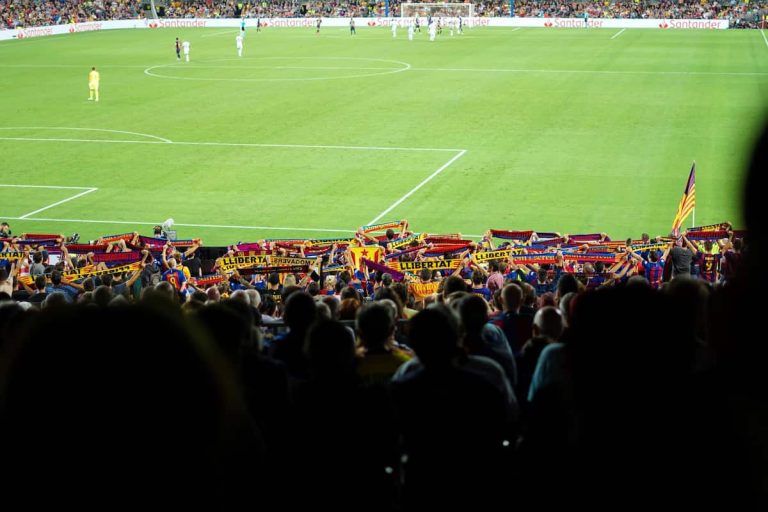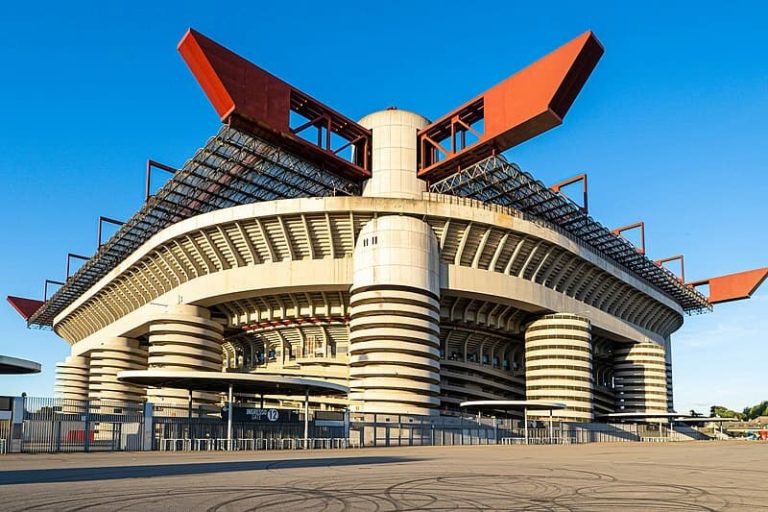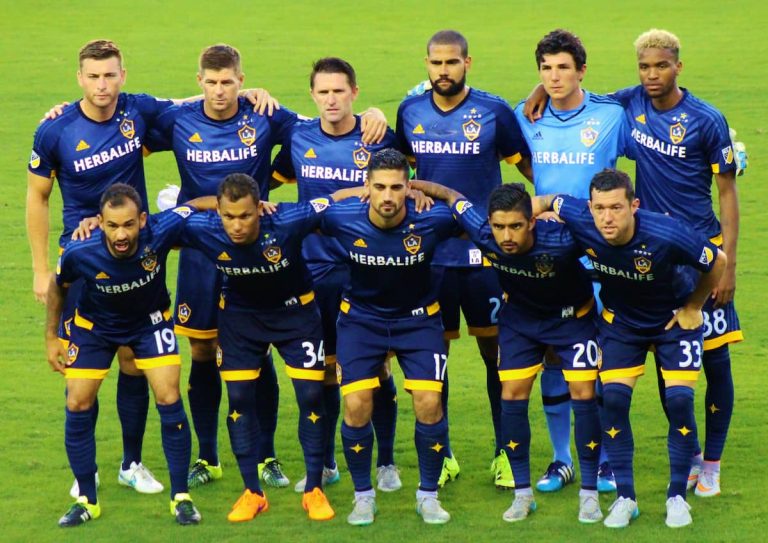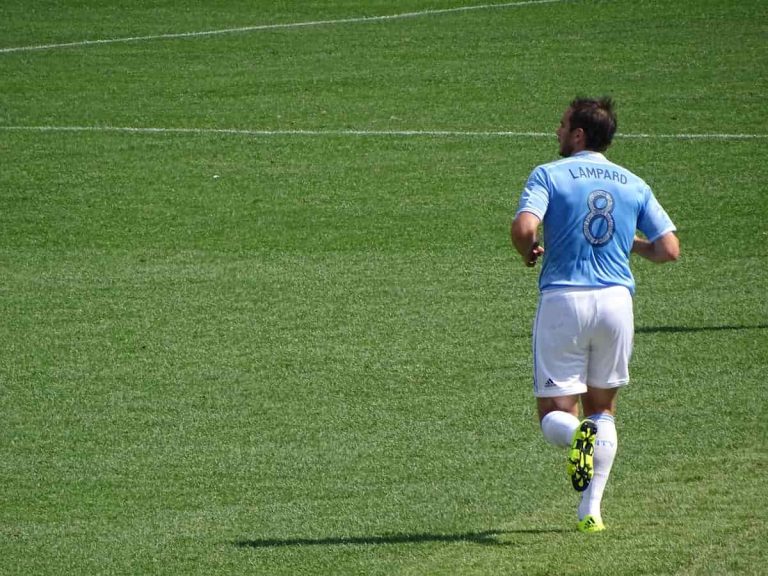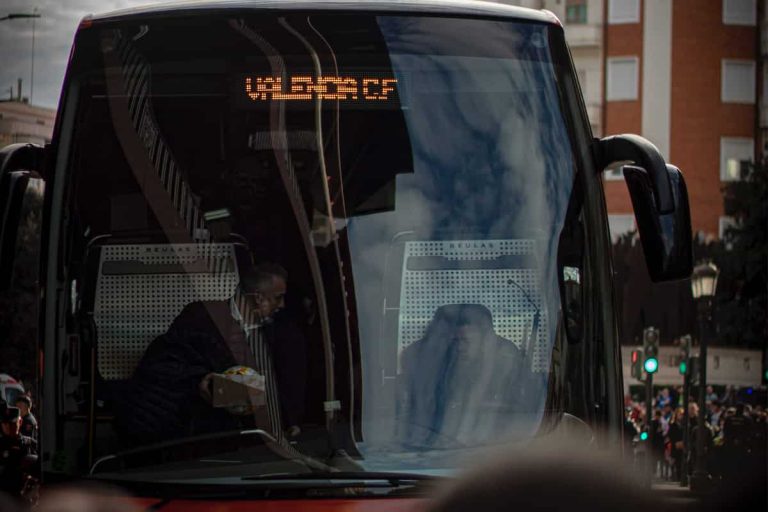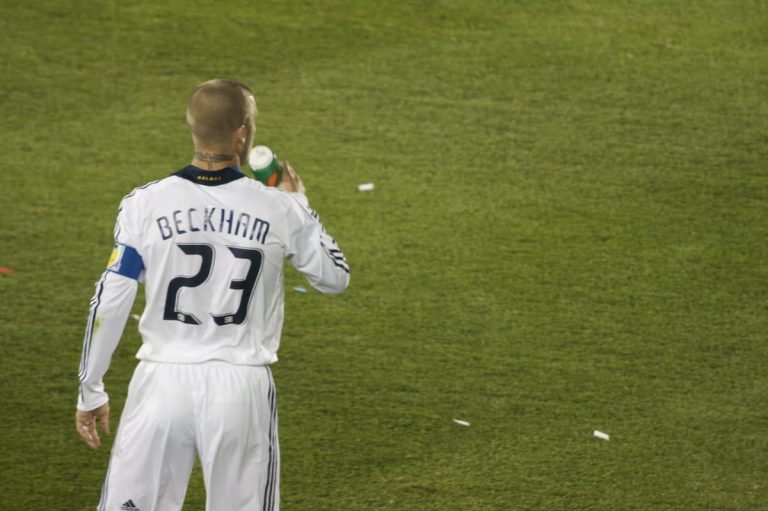What is a False 9?
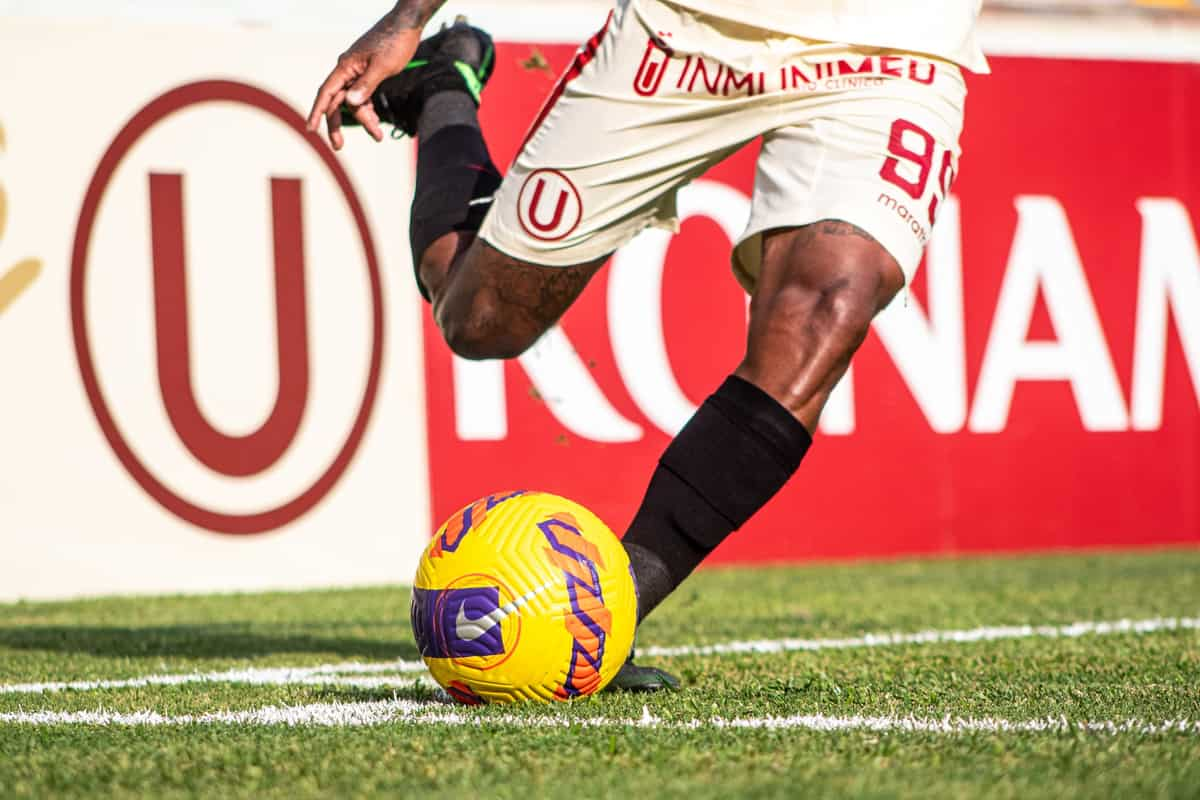
You might have heard the term ‘false nine’ used by commentators or pundits when watching a football match. If you’re unsure what is meant by the term false nine, this article is for you. We’re going to cover everything you need to know about this unique position – its history, what skills suit the role, responsibilities of a false nine and much more.
Table of Contents
What is a False 9 in Football?
A false 9 is a deep lying forward that finds pockets of space between the defensive and midfield lines of the opposition. They aim to link up play with central and wide midfielders, helping to progress the ball up the pitch.
Which Players Are False 9’s?
Is Lionel Messi a False 9?
What is a false 9 in football? Lionel Messi is certainly the best example of one. Pep Guardiola deployed him in this role many times for Barcelona, highlighting his incredible ability to receive the ball on the half turn. Putting a player like Messi in between the lines can be frightening for the opposition.
Guardiola didn’t enjoy playing Messi out wide that much, and instead liked having him in the tight spaces that a false 9 would take up. From here, Messi could turn and use his dribbling technique to run at defenders. He is one of the best dribblers we’ve ever witnessed, after all.
Furthermore, if a central defender followed Messi’s deep runs, he’d be able to dribble away from them. This created space in behind the defender, which Barcelona’s wide players would then run into. Messi could then use his ability to make those passes in behind, and all of this was created by himself as a false 9.
Is Harry Kane a False 9?
Under José Mourinho, Tottenham’s Harry Kane was a prime example of a false 9. Using his incredible passing range, he would take up some really deep positions and play impressive cross field passes.
Kane is an all round player and has many of the traits needed to play the false 9 well. He’s great at long and short range shooting, can pass really well, and also has strong vision and awareness.
Fans and pundits argued that Kane was wasted in this position, but Mourinho clearly thought otherwise. Kane playing false 9 also complimented Mourinho’s side that often parked the bus.
Is Karim Benzema a False 9?
2022 Ballon d’Or winner Karim Benzema is another example of a brilliant false 9. He’s played this role many times for Real Madrid, but Zinedine Zidane was the coach that utilised him in this position the most.
Having Cristiano Ronaldo and Gareth Bale either side of him, Benzema would drop deep, sometimes taking up wider positions than a traditional false 9. The timing of his movement was impeccable, and this gave him enough time on the ball to find his teammates.
Is Jude Bellingham a False 9?
After his move to Real Madrid, Jude Bellingham set La Liga on fire, racking up an impressive amount of both goals and assists. Manager Carlo Ancelotti decided to deploy the Englishman higher up the pitch than people first envisaged, but is Jude Bellingham a false 9?
Technically, Bellingham played more of a number 10 role behind two Brazilian forwards, Vinícius Jr and Rodrygo. However, you can argue that some of his positioning is more suited to that of a false 9 or a box-to-box midfielder. Essentially, Bellingham was given a free roaming role by Ancelotti, which has helped him play to his many of his strengths.
What Skills Should a False 9 Have?
A particular skill set is required to be able to play the false 9 role well. It is arguably one of the toughest roles to play on a football pitch. A false 9 in football, is a player who has a wide skill set on the football pitch including – awareness, vision, short and long range shooting as well as strong passing ability.
Awareness
First and foremost, a false 9 should have great awareness. Because they aim to take up positions in the spaces between the opposition’s defensive and midfield lines within the final third, false 9’s should be able to scan regularly. This makes them aware of the space they have when receiving the ball. This informs the player of how much time they have on the ball in those pockets of space.
Vision
False 9’s should also have great vision. If a defender has been dragged out of position because the false 9 has dropped off into deeper spaces, that player should have the vision to find passes in and behind those defenders, exploiting the space they have created.
Short and Long Range Shooting
Being able to shoot from short and long distances is another skill required to play the false 9 role. When taking up deeper positions, opportunities to shoot from distance might present themselves to the player. Long distance shooting is a must for a false 9.
They’ll also have opportunities to arrive late in the box from those deeper positions, so being able to shoot from short distances is also beneficial.
Passing
An obvious one, but having a strong ability to pass the ball is vital in the false 9 position. False 9’s need to be able to find teammates through channel passes in the creation phase of play, as well as being able to thread the ball through tight spaces to create goalscoring opportunities.
Which Formations Best Suit a False 9?
The most suitable football formation for a false 9 is the 4-3-3.
4-3-3
In a 4-3-3 the central forward of this formation can easily shift into a false 9 by dropping deeper to receive the ball. They’ll then be able to make passes to the left and right-wingers from deep before moving higher up the field to join the attack.
A recent example of this was in the 2021/22 Premier League season, when Pep Guardiola regularly deployed England’s Phil Foden as a false 9. See our diagram below:
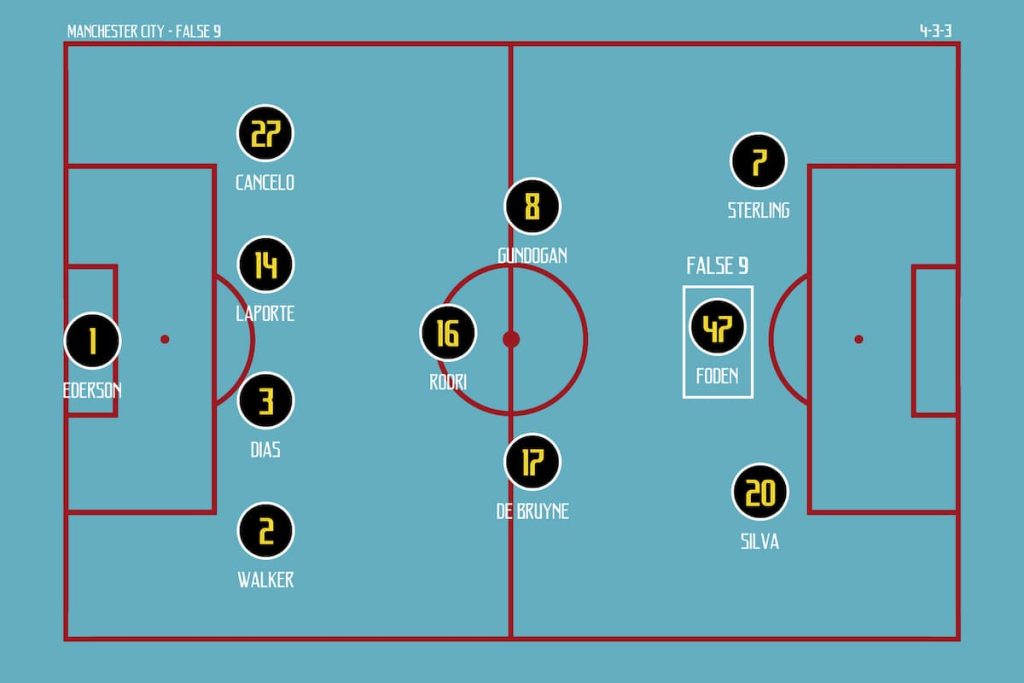
Is There a Difference Between the False 9 and the Number 10 Role?
Yes, there are a few differences between the false 9 and number 10 roles in football. A false 9 doesn’t have a striker in front of them, whereas a number 10 does. As discussed previously, a false 9 is used in a 4-3-3 formation, whereas a number 10 is normally used in a 4-2-3-1 formation behind a single striker.
Although the two roles take up similar positions, a number 10 has the option to play passes into the striker, whereas the false 9 will be looking to play passes wide to the wingers. Playing with a number 10 represents a much more direct way of playing football in comparison to playing with a false 9.
It’s also likely that the central defenders for the opposition will be more disciplined and stay in their positions if a number 10 is playing behind a striker. This is because they’ll be occupied, marking the single striker, instead of questioning whether to follow the false 9.
Responsibilities of a False 9
In Possession Responsibilities
The most important responsibility of a false 9 is their movement and the timing of their runs. They’ll be responsible for dropping deep, to act as an option for the fullbacks and pivot players. When they make this run, the aim is to receive the ball between the defensive and midfield lines, escaping the centre back who is marking them.
This leaves opposition defenders with a dilemma – to follow the player or remain in their centre-back position. Depending on how good a false 9 is at creating these runs, they have the ability to cause the opposition all sorts of problems.
Out of Possession Responsibilities
When out of possession, a false 9 is expected to carry out the duties that a normal centre forward would perform. Their main role would be to counter press the opposition, forcing them to play out wide in order to create an overload, helping their team to win the ball back.
If defending for a long period of time, the false 9 will find themselves the highest player up the pitch. Their responsibility is to try and cut out passes from the opposition defence into their central midfield double pivot.
History of the False 9
It is believed that the false 9 was born in the late 1890s by Corinthians. Forward G. O. Smith would drop off the defenders and play through balls to his teammates, being more of a creator in the side. This broke the belief that strikers should always stay as high up the pitch as possible.
Later, in the 1930s, Austrian forward Matthias Sindelar was used as a deeper lying centre forward for the national side. Another nod to the false 9 position that we know of today.
The term false 9 can also be defined as a player who has the number nine shirt and takes up unusual, ‘false’ positions where you wouldn’t usually think to find them.
One of the earliest examples of a false 9 in modern football was Michael Laudrup under Johan Cruyff at Barcelona. This team included Pep Guardiola, who later deployed none other than Lionel Messi in a false 9 for his Barcelona side.

